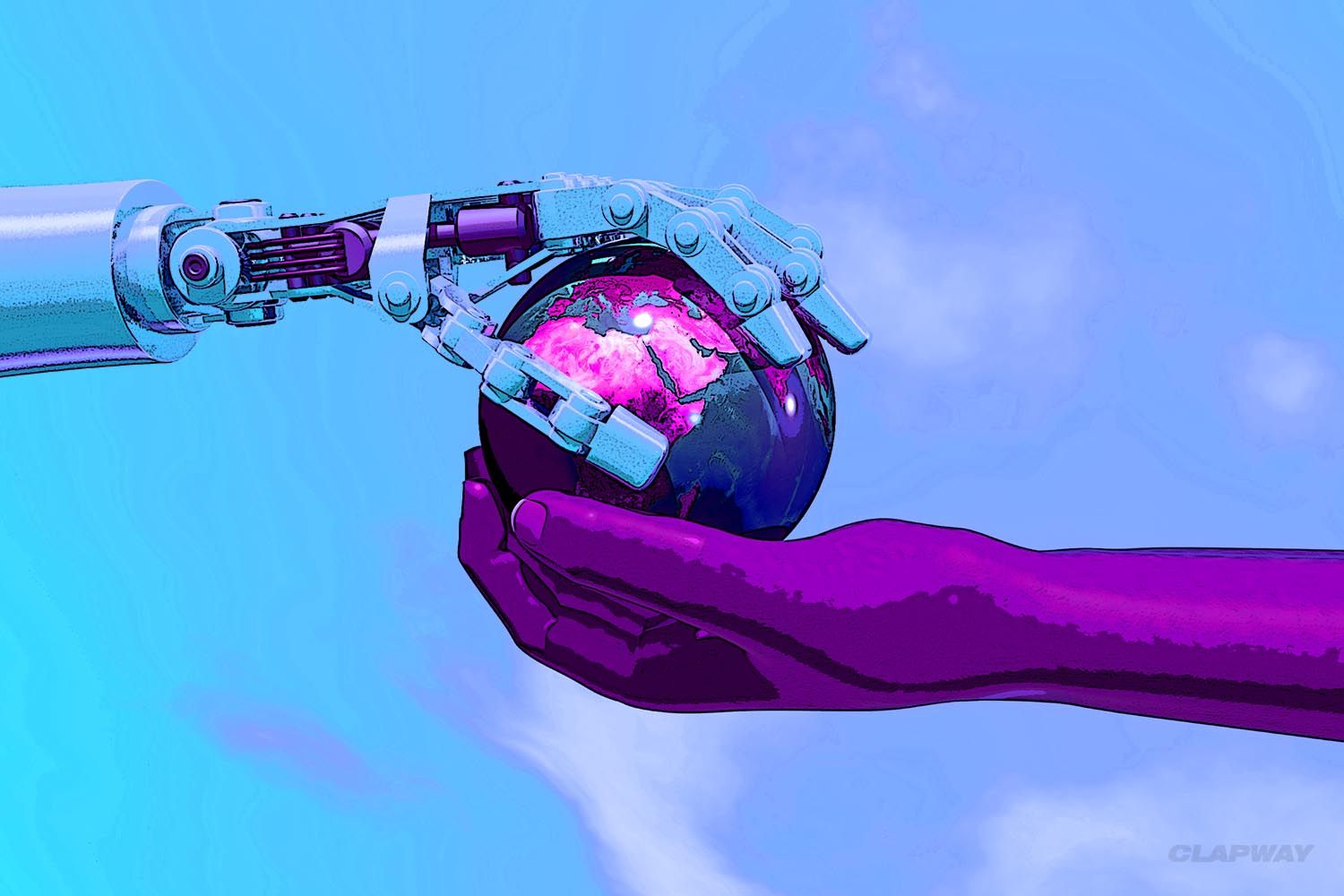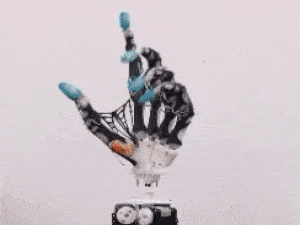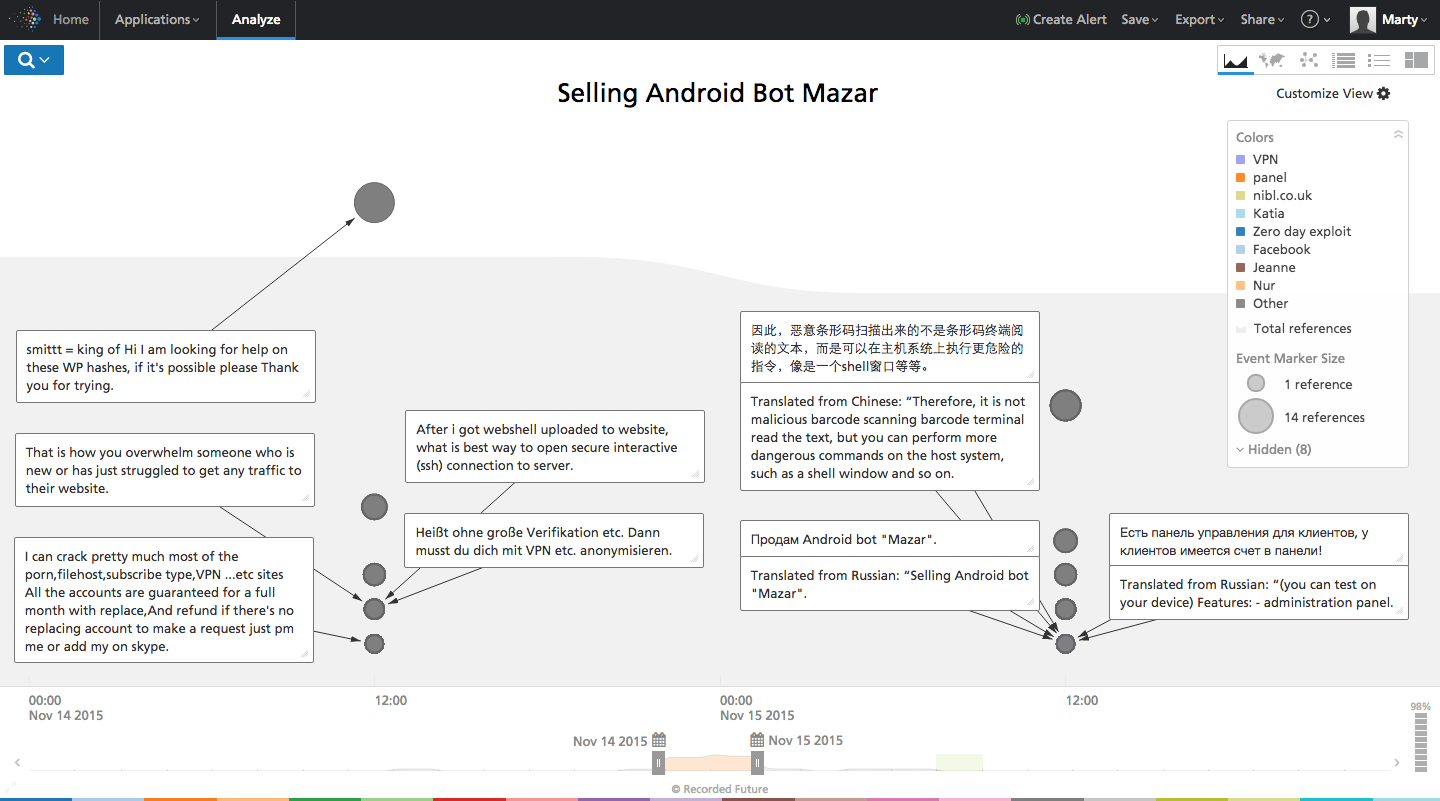IBM leads the way on AI — definitely makes sense and should given the years of research & funding spent on Watson. It would be really place IBM in a bad position not to be a leader in in AI especially since it has spent so many years on cognitive computing technology.
While Google and Facebook are taking the headlines with their advancements in Artificial Intelligence, another company is making some big strides behind the scenes. The ever resilient IBM has come up with an interesting strategy to garner attention for it’s cognitive computing technology “Watson “.
IBM HOLDS $5 MILLION CONTEST FOR AI
At a TED conference this past week, IBM has announced a $5 million contest for developers that can come up with some creative uses for their artificial intelligence. The details of the contest have not been released, but IBM has made it clear their cognitive computing technology should be far more revolutionary than that of Google or Facebook. What is known about the format of this competition is that developers will be given a lot of freedom towards their idea. The purpose isn’t necessarily to overcome a series of challenges and follow guidelines, but to produce an idea that will bring Watson to the forefront of AI.








